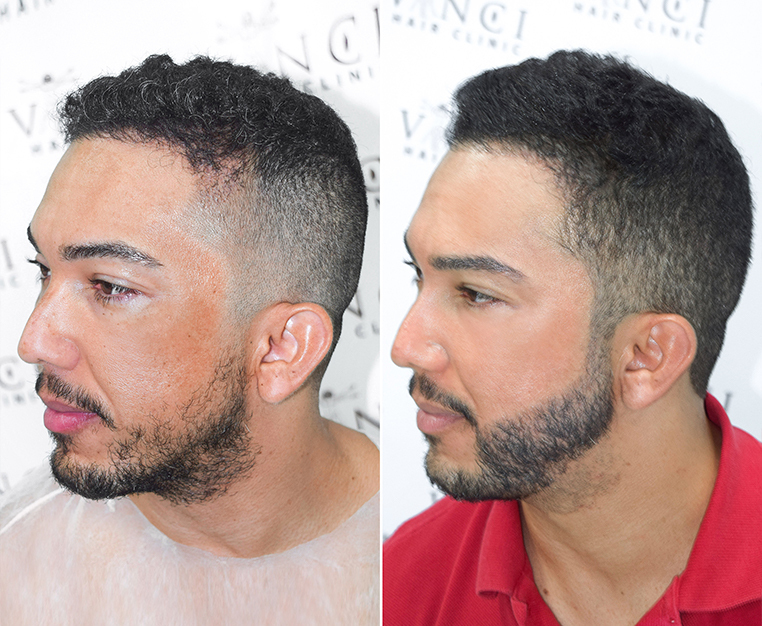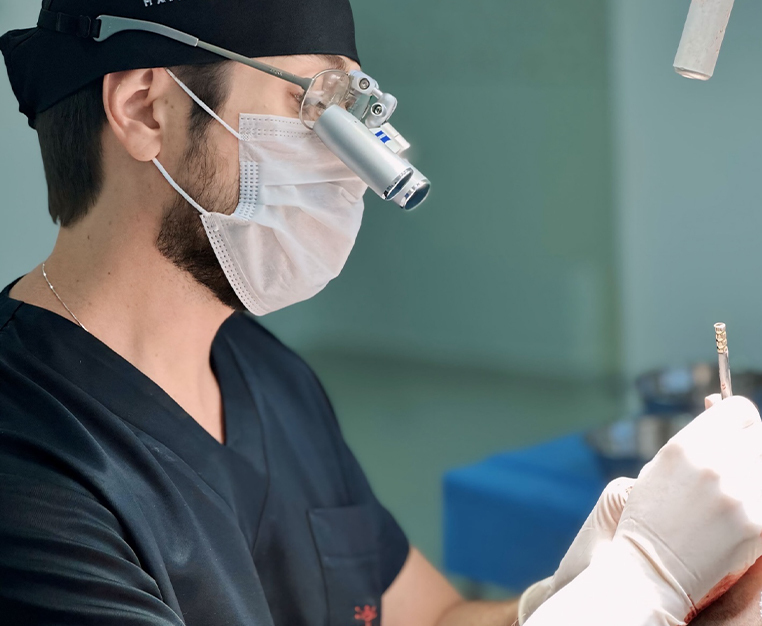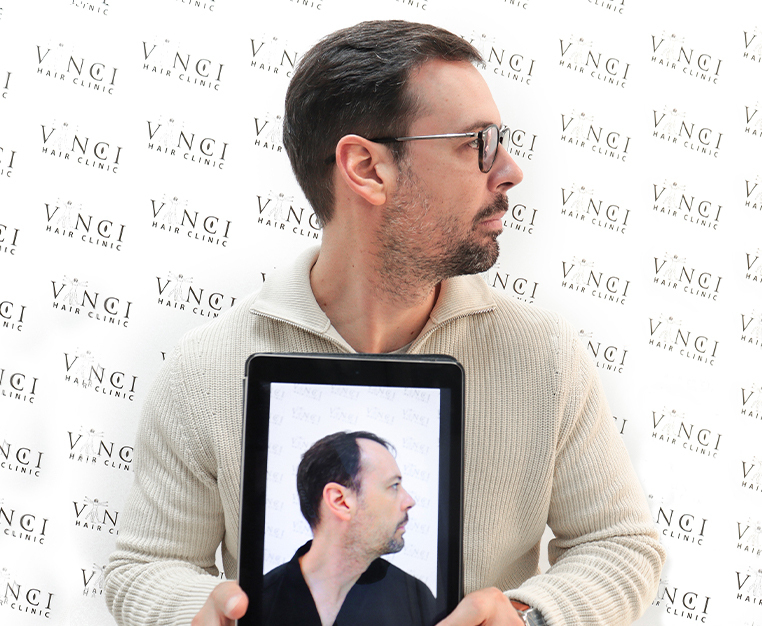A few years ago in an interview with Variety, British actor Hugh Laurie was asked about his thinning hair, something that had been picked up by the cameras when he was filming ‘The Night Manager’. He replied that, while it wasn’t something he was happy about, it wasn’t something he tried to conceal either, as ‘the only thing sadder than a man with a bald spot is a man trying to hide a bald spot.’
It’s an interesting comment, one that deserves to be looked at more closely. Why is it sad to try and hide a bald spot? Does the sadness stem from the act of hiding the bald spot or the fact that the attempt is unsuccessful? Is hiding hair loss different from hiding from it?
Scroll down for more of this hair follicle philosophy!
The Importance of Hair
When your hair looks good, you feel better about yourself. Conversely, if you leave the house feeling that your hair’s a mess, the day just keeps getting worse. Those statements aren’t just the opinion of your humble blog writer; they’re backed up by academic research. Twenty years ago, Yale professor Marianne LaFrance led a study that demonstrated significant negative psychological effects of bad hair in both men and women. A few years later, research done by Stanford’s Graduate School of Business showed how looking good can fill an individual with self-confidence and self-belief.
Evidently, appearance is important to us, and our hair is perhaps the most crucial aspect of how we look. Experiencing hair loss or hair thinning strikes at the heart of that. Is it sad, therefore, that someone might try and hide a bald spot or an area of thinning? Absolutely not. The sadness arises, surely, from doing it unsuccessfully. The individual who combs a few strands over an obvious bald spot is saying two things simultaneously; I care enough to want to hide my hair loss, but I am in denial about or hiding from, the true extent of the problem.
Identifying the Cause
Hair loss is common. It affects millions of people across the world regardless of gender or age, though the likelihood of experiencing it rises as we get older. Most of us, therefore, will wake up to hair loss at some stage in our life. While there is no shame in trying to hide, slow down or reverse it, the secret to success is to do it properly.
The first step in that process is to find out the cause of the problem, as that will determine the nature of the treatment you need. Hair loss can be temporary or permanent. It can be caused by genetics, or it can result from an autoimmune disorder. It can be due to illness or follow a traumatic event of some description. It can even be a consequence of childbirth. All these different factors will have a bearing on the treatment you receive.
Popular Hair Loss Treatments
When people think of hair loss treatments, they tend to focus on hair transplants. That’s understandable. Hair transplants are, in many ways, the flagship treatment of the hair restoration business. They offer a permanent solution to hair loss for both men and women, providing dense, natural hair grown from the individual’s own hair follicles. Not everyone’s hair loss problem requires a hair transplant to fix it, however. In many cases, the problem can be sorted without the use of surgery.
Medications can be used to slow hair loss and stimulate regrowth. Corticosteroids, for example, are widely used. These powerful anti-inflammatory drugs can be taken orally, used topically, or injected into the scalp. Topical minoxidil is another popular and effective treatment. It works by improving blood flow to the scalp, thus improving the supply of nutrients and oxygen to the hair follicles and stimulating hair growth as a result. Finasteride is often used in combination with minoxidil. It is used mainly in the treatment of male hair loss and can be taken orally or applied topically.
Other procedures available to fight hair loss include laser therapy, micro scalp pigmentation and platelet-rich plasma treatments. There are also natural ways that rely on improvements to diet and lifestyle and the application of natural oils to stimulate hair regrowth. Finally, a change in hairstyle, skillfully done, can disguise areas of thinning and small bald spots.
Conclusion
Hair loss is something that can strike at an individual’s sense of identity and self-esteem. When that happens, there is no shame or sadness in wanting to address the issue. Hiding from the problem by rearranging a few strands and pretending it isn’t happening? Now, that is sad.
Vinci Hair Clinic is here to help if you have concerns about hair loss or thinning. One of the largest and most successful hair restoration organisations in the world, we offer a free, no-obligation consultation to all our new clients. Get in touch and book your appointment today!





